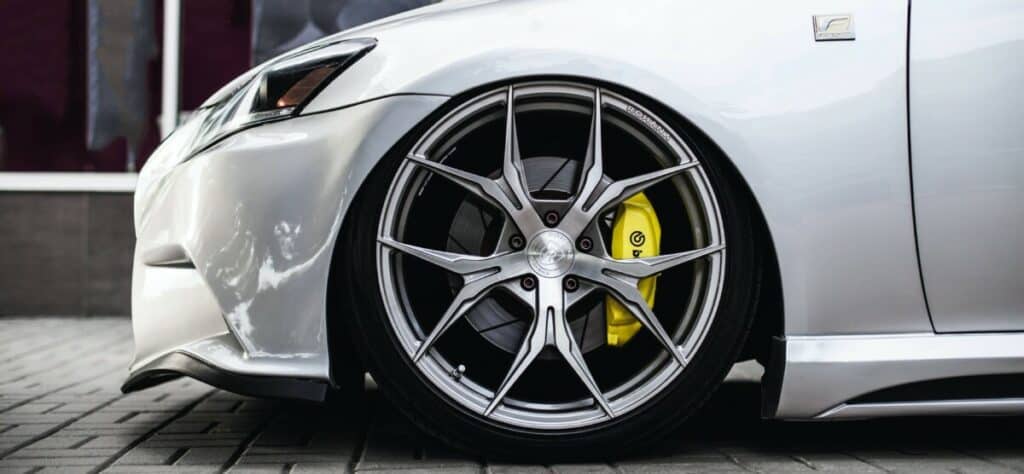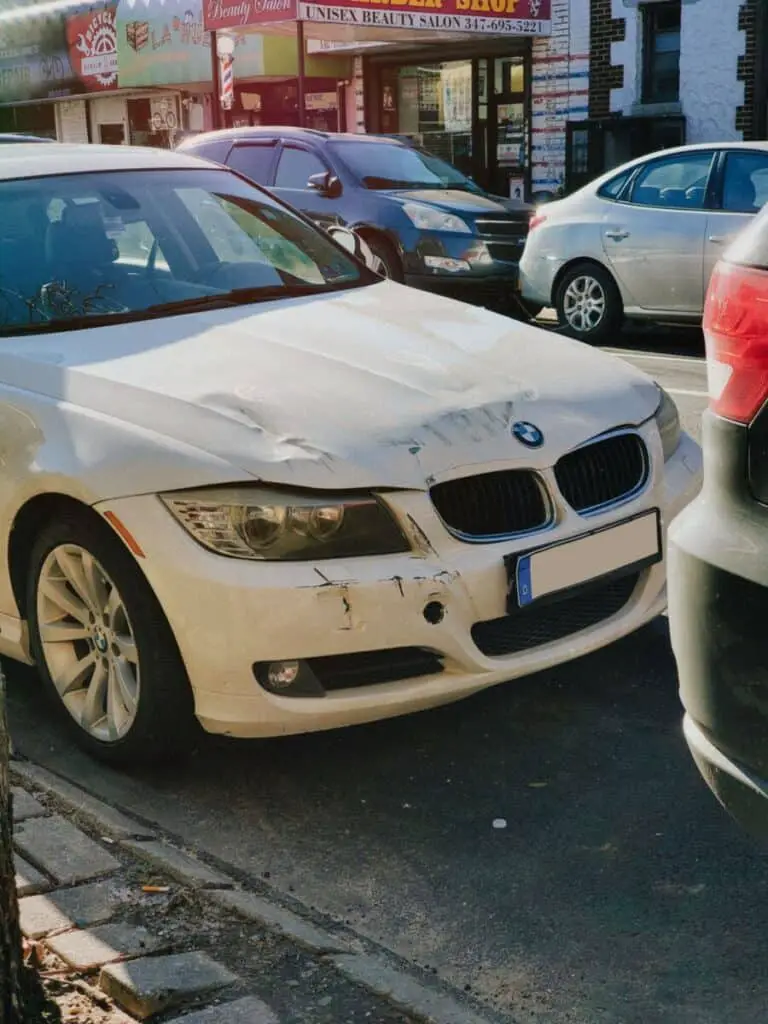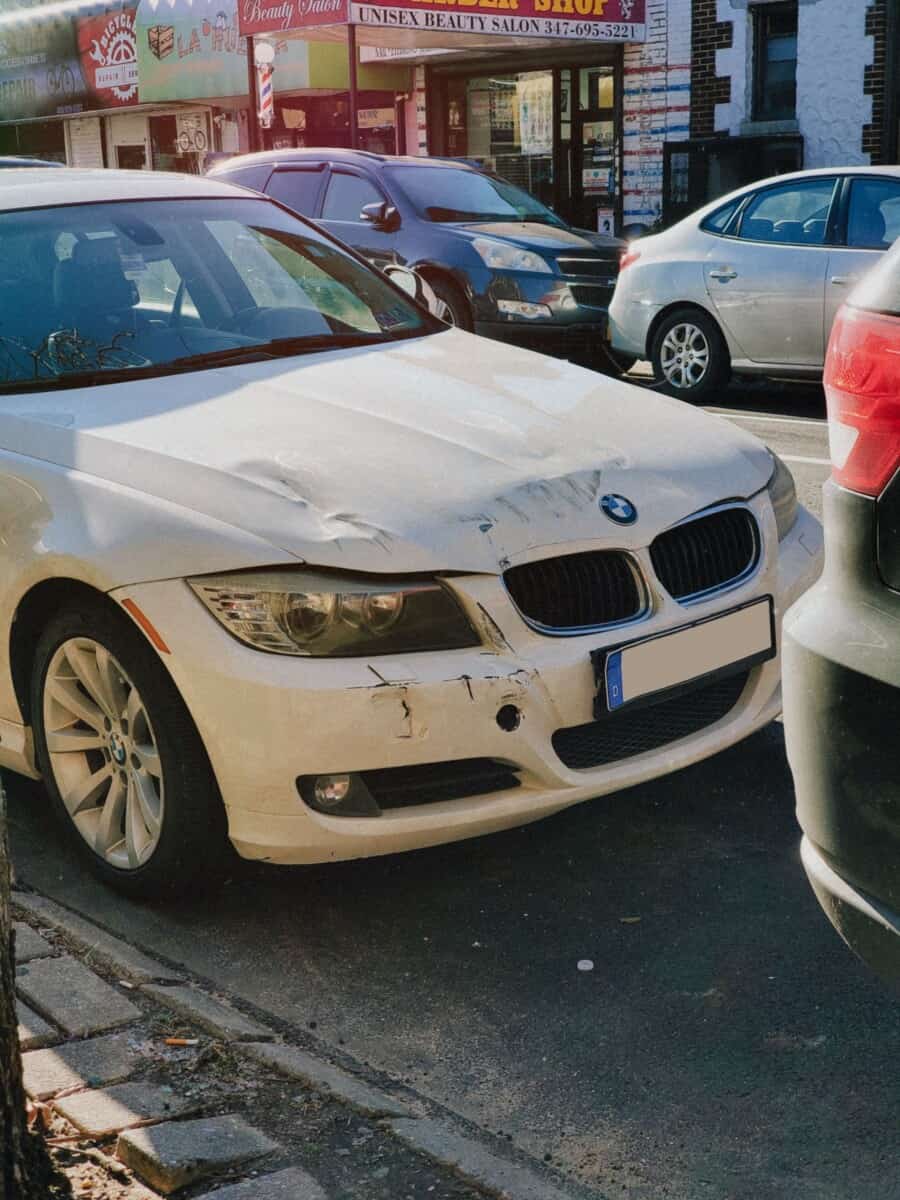[toc]
Car lovers know that scratching a car is something no one wants, and what makes it worse is if the scratch isn’t seen right away, and you find out later when there’s more damage. However, with proper knowledge, you can identify scratches and learn how to fix them on your own, and this information will put you in a better position to save time, money, and worry.

The Main Causes of Car Scratches
Scratches, chips, and dents are very common in cars, and they can occur from something as simple as a shopping cart or another car door that was left open too close to your vehicle.
Here are the main causes:
Shopping carts: A shopping cart is one of the most common causes of scratches and minor dents. The hard and big plastic wheels of the shopping cart can cause an annoying and unattractive scratch that will ruin your car’s look.
Commuting: As we all know, commuting is a part of our lives. We drive to work, school, or other places we need to go. Sometimes we may be running late, so we do things such as park in a no-parking zone and run to the building before we get a ticket. This can cause us to rub against another car and leave unsightly scratches that might be beyond repair.
Car doors: We may forget or not notice when someone left their car door open while parked next to our car. A careless person may also open their door into your vehicle and damage the paint.
Animals: A dog, cat, or another animal can scratch our car as they try to escape. Sometimes we may accidentally hit an animal such as a deer and cause scratches to the body of our cars.
Vandalism: Unfortunately, some like to mess with other people’s vehicles, such as scratching or key-etching. This can be very annoying and costly to fix if not caught immediately.
What are the Different Types of Car Scratches?
Clearcoat scratches
Clearcoat scratches are easier to identify because they usually appear as a lighter area in your paint. The damage appears reasonably shallow and is not apparent to other car owners. The clear coat finisher of the paint is completely removed by this type of scratch, which makes it easier to buff out.
Primer scratches
Primer scratches are much more profound than clearcoat scratches. The color of the primer and paint are different to easily notice this type of scratch. This damage usually penetrates the paint and primer, making it harder to fix or buff out when compared to a clear coat scratch. Though not very common, these types of scratches usually appear in older cars because the paint has begun to fade or chip away.
Paint scratches
Paint scratches are deep and obvious, and other car owners and yourself can easily see them because the paint color is different from your original paint. This type of scratch usually penetrates through all your paint layers to expose the metal beneath it. Since this damage goes down to the metal, sanding it out completely is almost impossible.
How Do I Fix Car Scratches?
How to fix clear coat scratches
Clearcoat scratches are easier to fix because they usually have a lighter paint color. To do this, you will need some polishing compound, waxing cream, rubbing alcohol, and microfiber cloths. These items can be purchased at any local automotive store.
Start by rubbing alcohol on your cloth to remove dirt particles from the area. This will ensure the area is as clean as possible.
Next, apply a small amount of waxing cream to your cloth and begin rubbing it into the scratch. Apply a moderate amount to the scratch since too much may do more harm than good. At this point, you can also add a small amount of polishing compound if needed. It is recommended that you read the instructions of your polishing compound to know precisely how much you should add. Avoid putting too much on the scratch since it will only make it more difficult to remove.
Once you have applied a small amount of waxing and polishing compound, begin buffing out the area with your microfiber cloth until the scratch is gone.
For deeper scratch marks, you must wait for one or two days before attempting to fix the problem since too much polishing can cause more damage than good.
How to fix primer scratches
Primer scratches are harder to buff out because they go through all layers of paint. To do this, you will need some polishing compound, fine sandpaper, 240 grit sandpaper, water, and a two-inch paintbrush. These items can be purchased at any local automotive store.
Start by wetting the area with some water; this will help prevent dust particles from entering your scratched area when using the fine sandpaper.
Next, apply a small amount of polishing compound to the scratched area. Have your two-inch paintbrush wet with water and spread the polishing compound evenly onto the scratch. After doing this, begin using your fine sandpaper on top of your painting brush to remove minor scratches while you gradually work it down toward the primer layer
Once completed, use 240 grit sandpaper to sand out the primer scratch completely. This may take some time since it is hard to see if you are sanding down too much, so be patient throughout this process. Once finished, re-wet the area with water and wipe clean with your microfiber cloth.
At this point, you can either use a permanent marker or touch up paint to cover the scratch. If you choose to use a permanent marker, take your time and be patient since it will take some time before the color is perfect. If you don’t have any permanent markers around, touch-up paint is recommended. This process should take about an hour or two, depending on how much pain was used for this project.
Once you have applied your paint, allow it to dry for a couple of hours before getting the car wet. If you don’t let it dry completely, water or rain may cause your paint to run and drip.

How to fix Paint scratches
Paint scratches are the easiest to fix since you don’t have to worry about messing up your paint job. To do this, you will need some polishing compound, a one-inch paintbrush, and waxing cream. These items can be purchased at any local automotive store
Start by applying a small amount of waxing cream onto your brush and spread it evenly onto your painted scratch. Once completed, use your one-inch paintbrush to buff the waxing cream into the scratched area. At first, you might not see much progress, so be patient throughout this process since it might take some time for the area to appear smooth again.
Once finished, use a polishing compound on top of your waxing cream to smooth out the scratch. If you were successful, you would see a difference in appearance immediately.
Once completed, use your microfiber cloth to wipe away any excess compound and re-apply some waxing cream if needed.
If you don’t have any polishing compound or waxing cream around the house, toothpaste can also be used for this process. If you like, you can use home remedies such as baking soda and lemon juice to fix your scratches; however, these products may not work as well as polishing compounds or waxing cream.
Once you have finished the entire process, allow your car to dry completely before driving it since water will cause your newly fixed paint scratch to start peeling up.
Frequently Asked Questions
Do scratch removers work?
Scratch removers can work depending on what you buy and how well you apply. Some will cause your paint to peel, so it is best not to use them.
Can I fix a scratch myself?
Yes, you can fix a scratch yourself if you have patience and practice using different tools. If in doubt, take your car to a professional.
How can I prevent my car from scratching?
If you want to keep your car from getting more scratches, avoid parking under trees or in areas where you might get hit with debris from people above. Also, be careful when opening your car door since the car’s sides are exposed and may cause scratches on your paint job.
What is the best way to remove scratches?
The best way to fix a scratch depends on what type of scratch you have and how deep it is. For light scratches, using nail polish may be adequate; however, in some cases, you will need to replace your paint job and repaint the entire car since the scratch might be too deep and affect your paint job.
Conclusion
No matter what type of scratch your car may have, do not panic since there are plenty of remedies you can try to fix the problem. While some scratches require professional help due to their depth, light scratches and waxing compounds don’t cause any damage and can be fixed by taking your time.


Leave a Reply